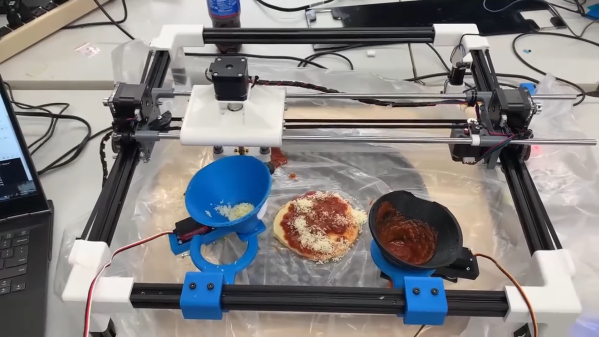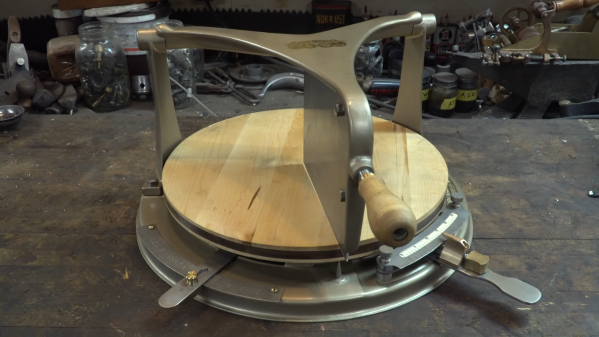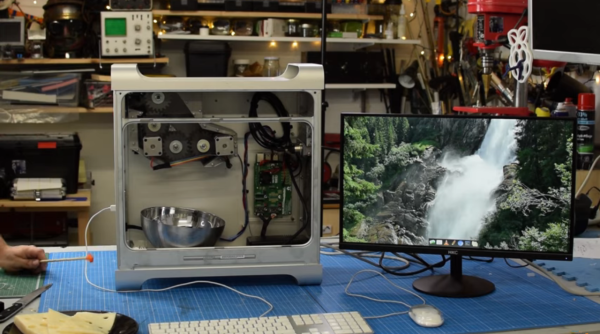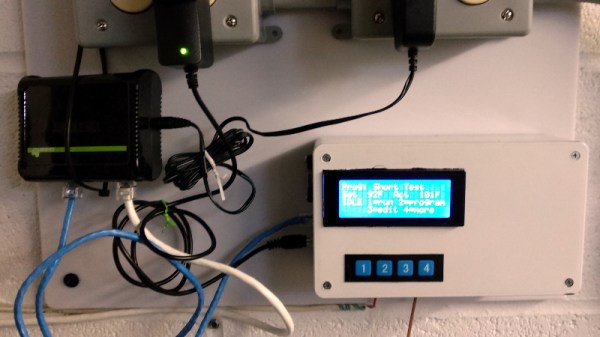Making pizza is fun, but eating pizza is even better. Ideally, you’ll get to spend much more time doing the latter than the former. If you had a pizza-making CNC machine, that would help you achieve this goal, and thankfully, [Twarner] is working on that very technology.
The Pizza-Pizza CNC Machine is based on Marlin firmware running on a Mini RAMbo 3D printer motherboard, and is a 3-axis CNC machine. At a glance, you could be forgiven for thinking it’s some kind of fancy futuristic vinyl player, but it’s actually intended to cook a tasty delicious pie. It’s a gantry-based machine that uses two tool ends, one charged with distributing sauce, and the other cheese. It’s programmed with G-code to designate areas to coat with sauce and areas to cover with cheese. It can’t create dough from scratch sadly, but instead operates using pre-manufactured pizza bases.
The current level of sophistication is low, and there are issues with cheese clogs and the general messiness of the operation. However, this doesn’t mean there’s no value in automated pizza manufacture. If anything, we want to see the more open-sauce development in this area until we end up with a pizza factory on every kitchen bench worldwide. We’ve already seen that hackers have mastered how to build a good pizza oven, so now we just need to solve this part of the equation. Video after the break.
Continue reading “Pizza-Making CNC Machine Is The Only Tool We’ve Ever Dreamed Of”


















